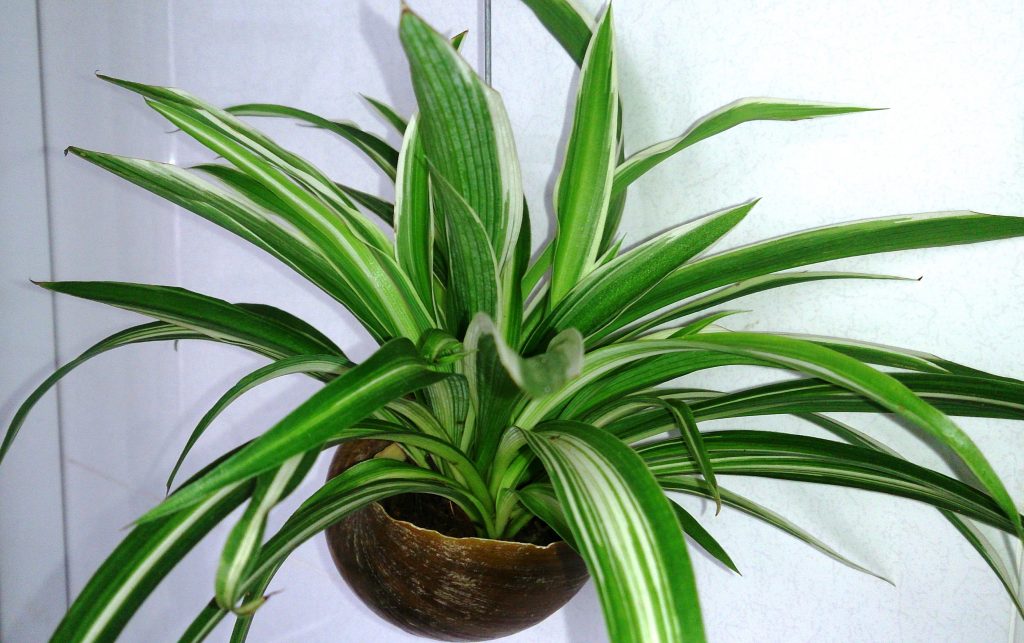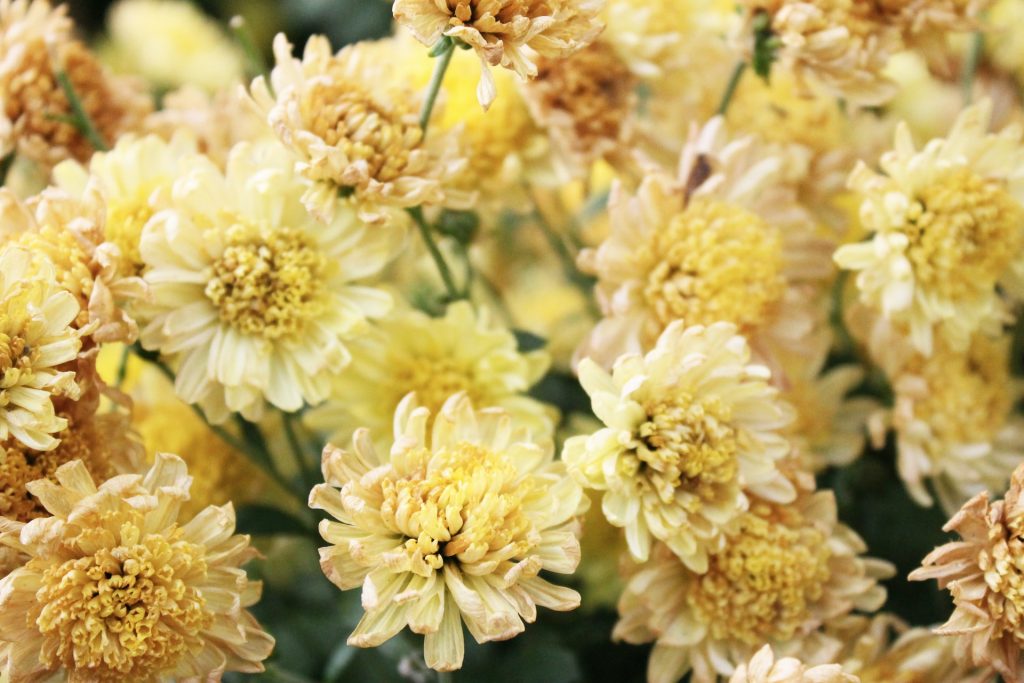No one wants to think about the end of their life, but by doing so you can help lessen the emotional stress applied to your loved ones after you’re gone. Many people, nowadays plan their own funerals since there are many more options available to us than those before. Would you rather be cremated or buried in a casket? How about being used as mulch for a tree? That’s right, you can opt to be put into a sort of sack and then wrapped around the roots of the small tree and as you decompose your body will provide nutrients for that tree. This option creates forests or tree graveyards instead of the traditional tombstone type of graveyard. Approximately 140,000 acres are used in the USA for graveyards and growing each year. Imagine if that space was used by tree coffins instead, but I’m getting ahead of myself. Let me walk you through the steps you’d need to take to ensure your family isn’t left without you and making all of these choices for you.
- Select a funeral home. If you know you’ll be staying where you currently live then this can be an easy task. You would usually prefer, if not insist, on a funeral home that follows your religious beliefs as well as close to your loved ones that’ll still be around to attend. Many families and especially significant others prefer to be buried together in a family tomb or side by side plots.
- Choose a form of disposition….Once you’ve chosen a funeral home you can tell them how you’d like to be, well, disposed of or taken care of. Whether you’d prefer burial or cremation, that is just the beginning. If you choose burial will you want your body to be put into the coffin with or without embalmment or do you wish to decompose naturally? If you chose cremation, are you going to want to allow someone to keep your urn or would you prefer for the urn to be buried? These are just a few of the many options and sub options to choose from.
- Choose a service type. There are many different types of services as well. I’ll just focus on the five most popular, which are: Traditional religious funeral service: Prior to this service, the family often welcomes visitors to come and give their respects to the family. Non-religious humanist funeral service, direct cremation service, green/natural funeral service, and burial at sea. If you decide to choose a direct cremation service it can be similar to a traditional service except instead of people saying goodbye to your body, as a whole inside of a casket, they’d say goodbye to your urn and not at all all together.
- Choose a location for the funeral service.… While most people have the service at either the funeral home or graveyard, you can also have it in your home or many other public places like beaches and parks or tails and mountains, with special permission. This is easier if you are cremated then if you were trying to get your casket accepted into a public place. Some people will have a traditional funeral and then request to have their ashes spread somewhere else later on as well.
- Find and schedule a clergy member or officiant. Sometimes this part of the funeral process is not necessary such as when you simply choose to be cremated and then taken by a loved one or spread somewhere by friends or family, but can be done by someone who works in or owns the funeral home or cemetery you’ve chosen or a pastor/preacher you go for church.
- Select a casket(coffin) or urn. Caskets and urns can vary in price, design and material. The most common materials are wood caskets and marble or metal urns. While most caskets are made of different types of wood with metal accessories, you can most definitely have a special casket made if you’re willing to pay the price and do the time looking for the right coffin maker. People have chosen to be buried in car shaped coffins, boat looking coffins and even see through glass ones. At the end of the day you can really be buried in anything your heart desires, so long as you get permission from the graveyard or tomb you’re planning on being buried in.
- Select a burial container and/or vault. What box would you like to put your box in? Outer burial containers are intended solely to support the soil. They add no additional protection from outside elements such as the weather and animals or insects, to the casket. Vaults are designed specifically to protect the casket from elements as well as supporting the soil. A burial container or vault covers the casket and you, of course, from nature and weather once you’re in the ground. These can be made of steel, copper, and bronze. Copper is the most cost effective option with steel and bronze being more expensive. Today you can also choose from concrete and even plastic if you want to go very inexpensively.
- Choose the flowers and photos you’d prefer to be displayed. This part of the process may be the easiest part for you, but not for your family if left up to them after you’re gone. Choosing the flowers you’d like best and the photos or videos you’d like to play while at the funeral can even be a bit fun if done before you pass. Invite friends and family to help. They will then need to be given to your funeral director.
- Make plans for your family after you’re gone. This might be the most time consuming part. Do you have life insurance, a will and or a plan for the ones you leave behind? Writing a will can be tedious, but also very helpful to your family and make sure the correct people become your beneficiaries. If you’re married, have children, or have debt with someone else as a cosigner then a will and especially life insurance can be very important and useful to your loved ones. Life insurance rates can vary based on many factors including your weight, health, hobbies and careers. Your personal life insurance rate may be different then your friends, but the death benefit will help your family pay for the things listed above. You can go online and find many different companies that will offer you different life insurance rate options. Finding an independent agent can make doing this part of your funeral planning much easier on you. An agent will help you compare side by side life insurance rates and help you decide which is best for you.
- Get Life Insurance with a death benefit. Talking to an independent agent about life insurance quotes will help you better understand why life insurance can be an important part of planning your funeral. Life insurance quotes will be different from company to company. Your life insurance quote can be different from anyone else and also be very confusing without help. Talk to an agent and they will send you life insurance quotes to compare and explain everything that goes into those quotes. Once you’re happy with your option you can know that your loved ones won’t be stressed about money while mourning your death at the same time.






